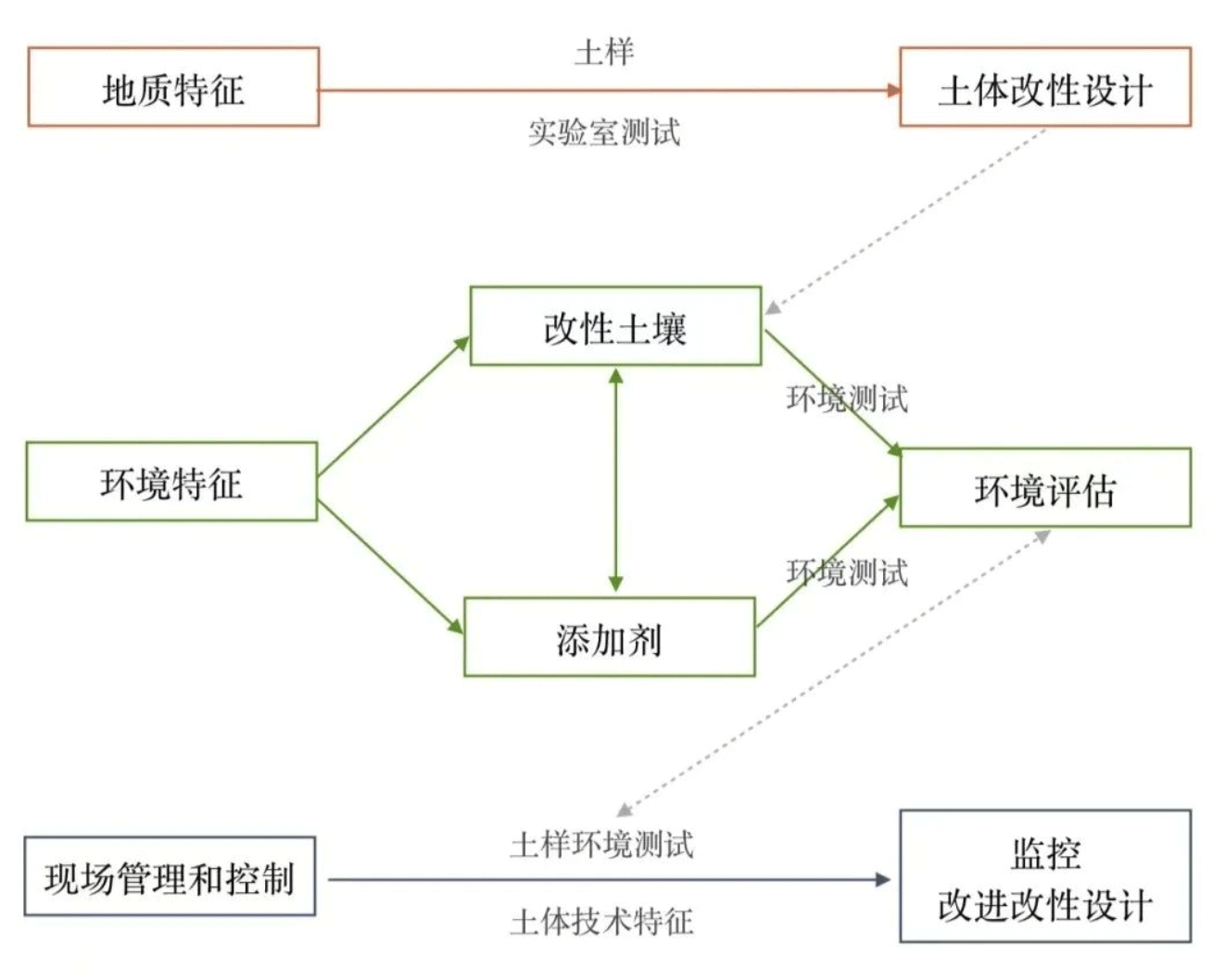EPB shield tunneling soil modification and environmental assessment
During EPB shield tunneling, soil modification is often carried out. These modifiers include water, foam, or polymers. Under the increasingly strict environmental regulations and the dual carbon strategy, it is crucial to evaluate the environmental compatibility of excavated soil and conduct research on its reuse.
Foam is usually used in shield construction in the form of water solvent. Due to different performance, the volume concentration of different products varies from 0.5% to 6%. The foam agent used in shield construction is a surface anionic aqueous solution, most of which contains sodium dodecyl polyoxyether sulfate (SLES), and the concentration is usually 5% to 30%. There are many types of polymers, depending on the formula, which can adsorb free water and increase the plasticity of excavated soil; Anti clogging; Lubrication and other functions.

To minimize the impact of shield tunneling on the environment, we should evaluate the modified soil at the beginning of the project and verify it during the implementation phase. The biological toxicity of additives or modified soils lies in their impact on the organisms or microorganisms they come into contact with. The level of biological toxicity can be evaluated by observing the mortality rate or abnormal behavior of microorganisms directly affected. Biodegradability is an indicator that measures the ability of a product to be degraded by microorganisms in soil. Biotoxicity and biodegradability are closely related.
At the beginning of the project, biological toxicity testing of additives and modified soil was conducted in the laboratory. The ecotoxicological characteristics of additives depend on the type and quantity of chemicals contained. The ecotoxicological characteristics of modified soil depend on the type of additive, water content, grain size distribution, soil type, pH value, etc. The environmental assessment of excavated soil should also consider the location of the waste dump and its impact on the ground and groundwater.
The amount of additives used should comply with the evaluation of soil modification during the design phase. The environmental assessment of modified soil should consider the worst-case scenario: while meeting the normal excavation addition rate, a certain margin should also be added to prevent unexpected situations during the excavation process from causing an increase in additive dosage.
In addition to environmental and biological toxicity assessments, consideration should also be given to the time taken for the modified soil to recover to its original geological characteristics. If the time required to meet the landfill standards is too long, it may affect the excavation speed or require a higher cost to find a landfill transfer site. The recovery time of modified soil can be evaluated in the laboratory in advance.
The reuse of excavated soil is another key area for sustainable management of waste soil. Next time we have the opportunity to talk about the reuse of shield tunneling waste soil.
